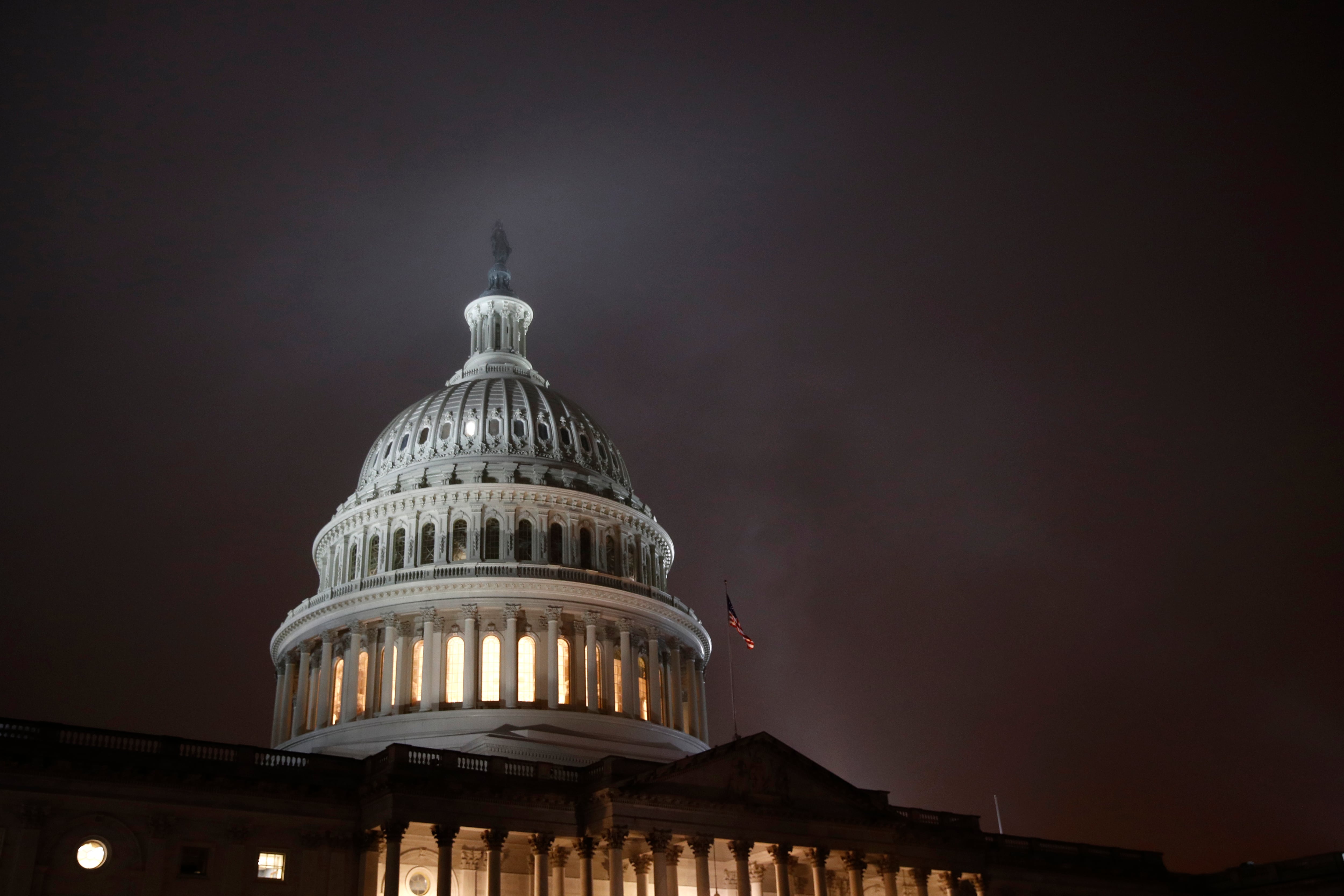The availability of paid parental leave for federal employees kicks off in just over two weeks, but employees and their representative organizations have informed the Office of Personnel Management that policies surrounding the use of that leave are still unclear or overly restrictive.
The leave becomes available for employees that give birth to, have a partner give birth to or adopt children on or after Oct. 1, a policy that received the most criticism and confusion in responses to the rule.
Many commenters noted that, especially for those expecting the birth of a child, a due date is not a definite estimation, and federal employees that expected to be able to take paid leave may be denied it if they or their partner end up giving birth earlier than the planned due date.
RELATED

The OPM rule is firm on how a birth or placement for adoption must fall in relation to the official start date:
“Paid parental leave is available to covered employees only in connection with the birth or placement of a son or daughter that occurs on or after October 1, 2020. Since paid parental leave may not be used prior to the birth or placement involved, paid parental leave may not be used for any period of time prior to October 1, 2020.”
But as the Office of Employee Advocacy for the House of Representatives noted in its comments, the rule and its definition of the term “birth” is restrictive in its description of a “living” child, as a child may be born without a heartbeat, but be resuscitated by doctors, or the parents may plan to have a living baby, only to later have complications that result in that child’s death.
According to the Office of Employee Advocacy comments, the language should be updated to ensure that employees experiencing such situations still have access to paid parental leave. Those comments also called for alterations to clarify that an employee may use annual or sick leave in addition to the 12 weeks of paid parental leave.
Commenters also questioned how such leave would apply to an employee that experienced the birth or placement of a child twice within the same 12-month period, and the Office of Employee Advocacy noted that “if there are two triggering events that generate their own 12-month period, it entitles the employee to 12 weeks of paid parental leave for each of those 12-month periods.”
In its comments, the National Treasury Employees Union noted that some of OPM’s requirements for eligibility of paid parental leave were too restrictive and “are in tension with Congress’s intent in providing this significant and necessary benefit to federal employees.”
Those comments note that the requirement for employees to “affirmatively elect to use paid leave and execute an agreement providing that the employee will work for the agency for twelve weeks following the paid leave,” unless the employee is physically or mentally incapable of making such an election — at which point they would be eligible for retroactive election to use the leave — puts an unfair burden on employees.
“OPM’s standard, moreover, fails to account for the non-birthing parent of a child who is born earlier than expected. The employee may need to leave work, immediately, to care for his or her family. This departure might occur before the employee elects paid parental leave and executes a work obligation agreement,” NTEU wrote.
“But, under Section 630.1706(a)'s strict language, the employee would not be able to retroactively opt for paid parental leave because he or she would have been physically and mentally capable of timely making the election.”
NTEU also took issue with the interim rule’s allowance that, if an employee provides medical evidence that they cannot return to work after the 12 weeks due to a serious condition, the agency may demand additional examinations and certifications from other health-care providers.
“First, the Act does not authorize an agency to demand additional certifications from ‘other’ healthcare providers affirming the employee’s serious health condition. Once the employee provides a medical certification supporting to the serious health condition that prevents a return to work, that should be the end of the matter,” NTEU wrote.
“An agency has no statutory authority to order the employee to solicit additional certifications from ‘other health care providers,’ which would necessarily entail additional medical examinations from those providers.”
Both NTEU and the Office of Employee Advocacy raised concerns that agencies' authority to require certification or documentation of a child’s birth or placement gives too much discretion to the agency to revoke such leave, especially since OPM itself determined that “the risk of fraud is low” and a simple statement from the employee has in the past been sufficient proof.
Jessie Bur covers federal IT and management.





